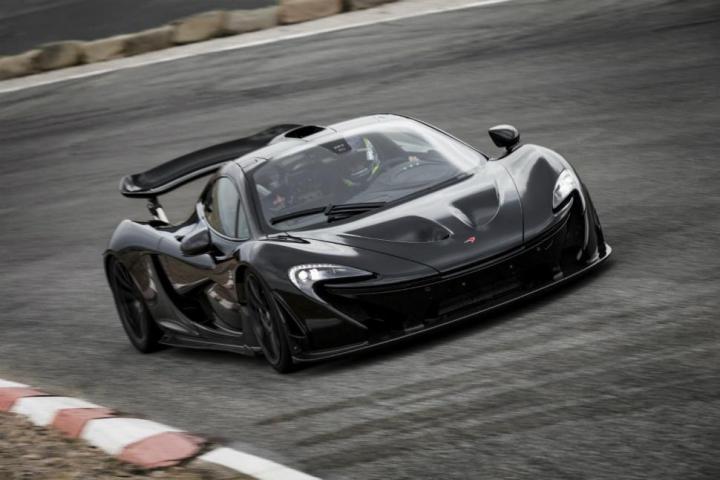
McLaren is nothing if not ambitious.
Since 2011, the British automotive manufacturer (who has a thing for fast cars, if you didn’t know) has rolled out three new models that have undoubtedly changed the car game. And as you can probably tell, they weren’t exactly Chevy Aveos.
First, there was the MP4-12C, McLaren’s second production car after the legendary F1. The 592-horsepower screamer took Ferrari head on, but it also served as a stepping stone toward 2013’s near-perfect P1, which Top Gear presenter Jeremy Clarkson called “the next chapter in motoring.”
To round out their production lineup, McLaren unveiled the 641-hp 650S this year (a replacement for the aforementioned 12C), and announced the P13, a 450-hp, $200,000 “entry-level” supercar to compete with the Audi R8 and Porsche 911.
This high-output schedule fits into McLaren’s plan to release a new car every year until 2019. This contrasts Ferrari’s strategy, which is to dial back production to increase “exclusivity”. So, like dogs in a tennis ball factory, we gearheads know there’s always something good around the corner.
Top Speed reports that a new McLaren supercar is coming in 2016, and it will sit between the 650-hp 650S and the 903-hp P1 in McLaren’s lineup.
The new car, which is yet to be publicly named, will likely have the 3.8-liter, twin-turbo M838T V8 engine that powers the P1 and the 650S, but retuned to fit in between McLaren’s performance benchmarks. That means a power output of around 750 hp and a price of approximately $400,000.
The constant stream of new vehicles will mean more dealerships for McLaren, and the company plans to add 20 this year. That will raise the total to 70 dealerships worldwide, and there are plans to increase that number to 100 by 2016.
With all these amazing cars coming out in such a short time, McLaren is proving that you don’t have to sacrifice quality in the pursuit of quantity. Lucky for us, we get both.


